With the current COVID19 pandemic going on, the news is saturated with stories on the virus and its impacts. But it occurred to me after talking with my family and some of my non-science related friends, that they don’t really know what the difference is between a bacterial or viral infection.
Bacteria
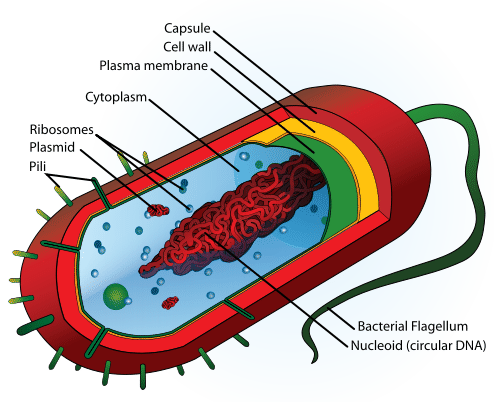
If you had a chance to check out my blog article on harmful algal blooms, I briefly explained the difference between eukaryotic and prokaryotic organisms. Bacteria are considered prokaryotic because they are made up of a single cell and have a relatively simplistic cell structure in comparison to eukaryotic organisms. Similarly to us, bacteria follow what we call the ‘central dogma of molecular biology.” This describes the process in which information flows in a cell: DNA gets transcribed to RNA and then transformed to functional proteins.

DNA is the molecule both animals and bacteria use to hold their genetic code. RNA is basically a smaller, portable version of DNA used to send messages on certain sections of DNA. The RNA is then read and translated into functional proteins that carry out cell functions.
Bacteria are living organisms that can function by themselves in terms of reproducing on their own and creating energy on their own – and they are by far the most abundant organisms on earth. There are literally millions of trillions of them (1). Types of bacteria can be classified based on their shape, cell walls, or differences in their genetics (2). As for shapes, the three main shapes are round shaped or ‘cocci’, rod shaped or ‘bacilli’, and spiral shaped or ‘spirilla’. Cell wall structure can be used to separate bacteria into what we call ‘gram-positive’ or ‘gram-negative’ categories. These categories refer to whether a bacterium absorbs a stain called crystal violet. A gram-positive bacteria will be stained by crystal violet because they have a thicker outer layer of peptidoglycan (a polymer of amino acids and sugars) that retains the stain. Gram-negative bacteria lack this membrane and do not retain the crystal violet stain.
You can basically find bacteria everywhere including in soil, in water, in plants, and in you – for example your gut. But only about 1% of all these bacteria are pathogenic or able to cause disease.
Viruses
On the other hand, viruses are more unusual, and many scientists debate whether they should be considered living or not. Viruses are much smaller than bacteria and not cellular. Instead they consist of a protein coat or a capsid which houses its genetic material (3, 4). Unlike cells, a virus may use DNA or RNA as its genetic material. This is why you may hear of RNA viruses or DNA viruses. Some viruses also have an outer membrane or envelope around the capsid that mostly consists of fats and a few proteins.
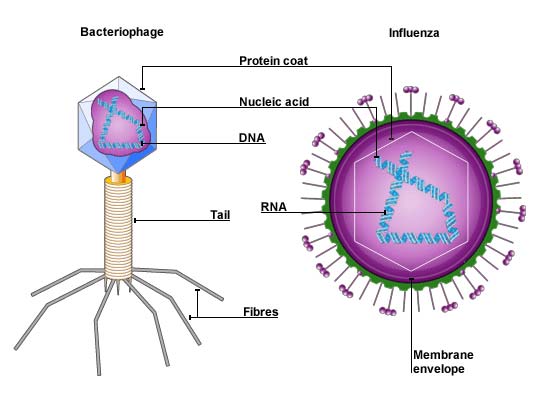
The alive or not debate stems from the fact that viruses need a host cell to keep them alive because they cannot reproduce or produce energy for themselves. Instead, viruses attach to a living cell and inject its own genetic material into the genetic material of the cell, forcing it to do things for it. Usually, it reprograms the host cell to make new viruses and then kill itself. Sometimes though, a virus can reprogram a cell to become cancerous. Unlike bacteria, most viruses are disease causing. They are particular about the cells that they attack because they know that they can make the cell do what it wants. For example, that is why most viral infections occur in the respiratory system, liver, or the blood.
Another thing that sets some viruses apart from bacteria and other cells is the rate at which they can mutate (5). Mutation means that the genetic material changes in structure, such as an alteration to a base in the DNA (or RNA). DNA based viruses have similar mutation rates to eukaryotic cells like those that make up our body. However, RNA viruses are prone to much higher mutation rates. This is because RNA viruses lack what we call “proof reading” enzymes. These are essentially biologic molecules made of proteins that are able to identify and correct errors in the DNA or RNA. Without them, RNA viruses have mutation rates magnitudes higher than eukaryotic cells.
Bacterial vs. Viral Infections
So, even with this information, what differences do bacterial infections have as opposed to viral infections? Both bacterial and viral infections are able to cause similar symptoms like coughing, sore throat, and fatigue, etc. Usually, the only way to determine which is which is by taking samples from the patient to identify the organism (6). Bacterial infections include those like strep throat, urinary tract infections, and ear infections. Viral infections include those like the flu, chickenpox, and common colds. Of course, it’s not that simple though, because some illnesses like pneumonia, meningitis, or diarrhea, could be caused by both viruses or bacteria. Normally, common bacterial infections do not tend to be contagious, whereas viral infections are more contagious and are easily spread through coughing, sneezing, and other bodily fluids.
Antibiotics have been developed over time to treat many bacteria causing bacterial infections. They are used frequently and their overuse has been associated with causing the emergence of antibiotic resistant bacteria – but that is a whole other topic (7). Antivirals are less common and less prescribed due to their cost and availability. Vaccines on the other hand have been developed for a variety of viruses in order to help your body “remember” that it has seen the virus (even if it hasn’t gotten sick from it). Then, when a person comes into contact with the real virus, the body already knows how to take care of it.
Novel Coronavirus
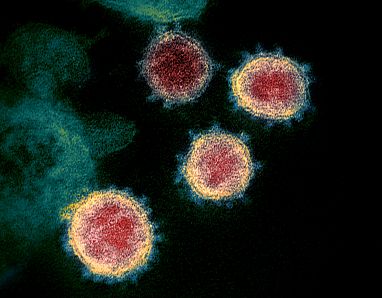
In terms of coronaviruses, they are a family of RNA viruses that are responsible for a variety of respiratory tract illnesses. According to the American Society of Microbiology (ASM), coronaviruses contain the largest genomic RNA of any known virus (8). Until the SARS outbreak in 2003, coronaviruses were mainly studied in animals and were considered ‘zoonotic viruses”. There are many zoonotic viruses that never transfer from animals to humans. There are currently seven coronaviruses that have been shown to cause human disease, with some more serious than others (9). This happens when the virus is able to mutate to be able to move from animals to humans, and then continue with human to human infection. This is the key! A virus could move from an animal to a human, but then not be able to continue to be infectious. In the case of SARS, MERS, and now the novel SARS-CoV-2 coronavirus, they have caused more serious illnesses in people including life threatening symptoms. COVID19 is the name that was given to the disease caused by SARS-CoV-2 which originated in Wuhan, China, in December 2019.
Symptoms of COVID19 are similar to other respiratory infections including dry cough, fever, fatigue, and difficulty breathing (10). The disease becomes serious and sometimes fatal in the cases of people with medical conditions like heart disease, lung disease or asthma, or diabetes due to the condition of their respiratory system. Others also at risk include those who are immunocompromised (such as cancer patients) or those with autoimmune disorders because they do not have the same ability to fight off the infection.
At the time being, scientists around the world are investigating how to stop the spread of COVID19 (11). These include developing vaccines, antiviral drugs, and/or utilizing drugs we already have approved to speed up the process. At the moment, the most important way to slow the spread of disease is through social distancing until we have a treatment.
Hopefully this was a helpful description of how bacterial and viral infections differ. It is imperative to stay informed as best you can on the science behind SARS-CoV-19. Not only so you can protect yourself, but also those around you. I feel strongly that knowledge will always trump fear!
Interested in a video version? Check out my IGTV here:
Questions? Comment below or find me on Instagram at @theprettyphdblog


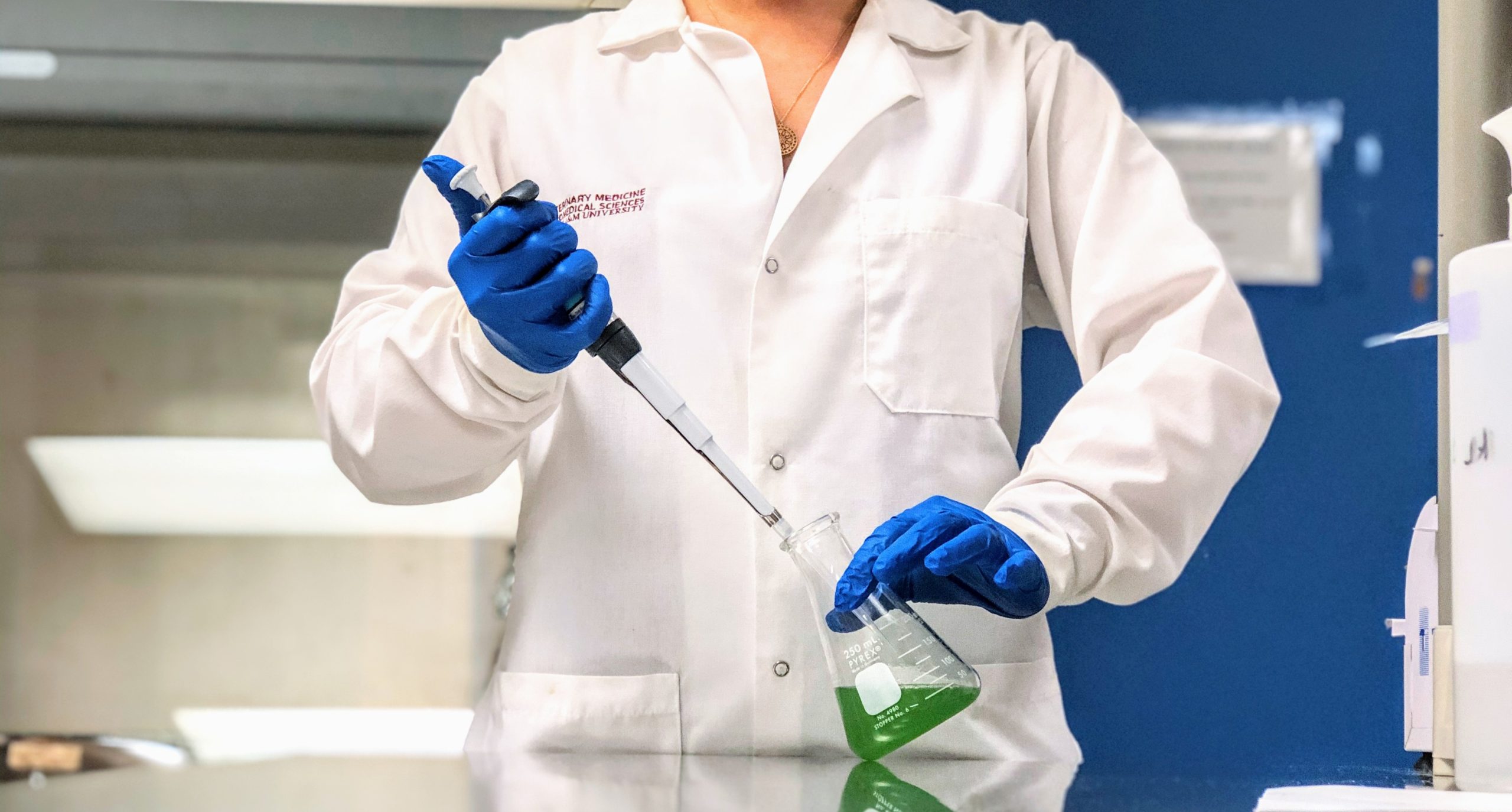
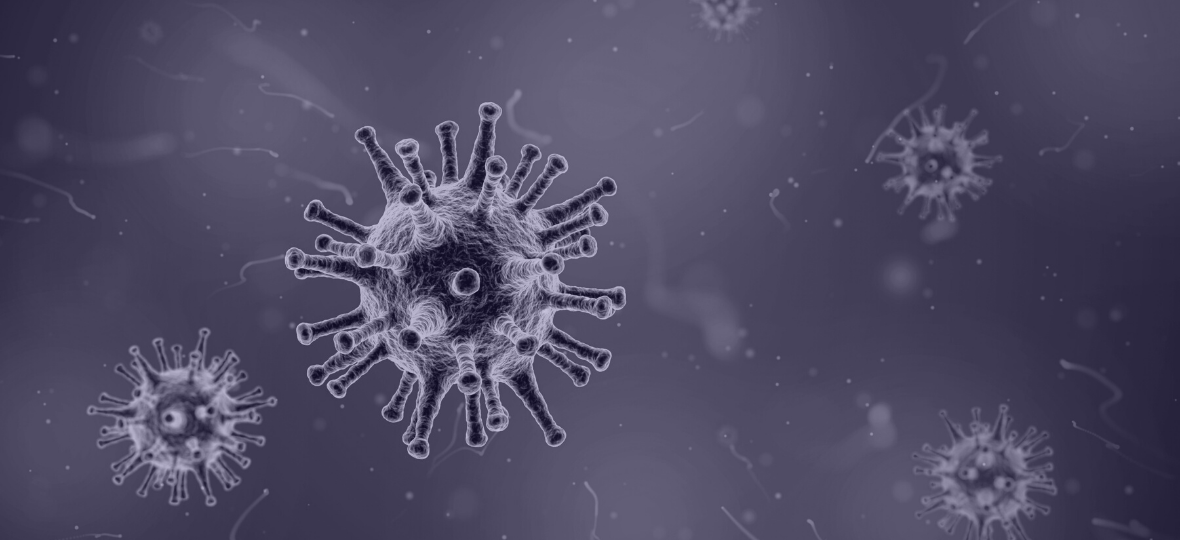

Leave a Comment